New Asian crisis unlikely in the near future
 |
Vietnam has enjoyed an enviable growth trajectory in the two decades since the 1997-1998 Asian financial crisis, consistently ranking among the world’s fastest-growing economies. Expanding at a pace above 6 per cent in the last three years, the newest Asian tiger has been powered by buoyant manufacturing exports, surging inflows of foreign direct investment (FDI) thanks to its reputation as one of Asia’s most attractive destinations among overseas investors, and entry into new markets.
An investment and manufacturing hotspot due to its cheap and plentiful labour force, along with an advantageous geographical position stemming from its proximity to major trade routes, Vietnam is now making its way up the value chain by diversifying into high-value added areas. Sustained double-digit credit growth, with the State Bank of Vietnam targeting a rate of 17 per cent for 2018, has bolstered private consumption, domestic investment, and its stellar pace of expansion.
World Bank data shows domestic credit to the private sector as a percentage of GDP shot up to 130.7 per cent in 2017 from 94.8 per cent in 2012.
However, with local firms increasingly accumulating risky loans to expand their businesses and with private credit growth significantly outpacing GDP growth, a rapidly rising private debt burden raises concerns of another financial crisis unfolding if the current trend continues.
Private debt (including loans and debt securities) as a percentage of GDP has climbed steeply since 2012, reaching 123.8 per cent in 2016, according to data from the International Monetary Fund (IMF).
In a recent article IV consultation, the IMF stated that “asset prices and credit growth appear to be stronger than warranted by fundamentals”. Strong credit growth and rapidly rising asset prices may be contributing to the accrual of risks in the financial system.
In assessing the extent to which the nation’s current debt dynamics pose imminent risks to financial stability, there is ongoing debate on whether there is indeed a “magic threshold” at which a country’s overall debt stock could lay the seeds of a financial crisis if not curbed. As well as the level, the nature of the debt is especially important in determining the likelihood of a crisis.
According to Hyman Minsky’s distinguished “Financial Instability Hypothesis”, over prolonged periods of economic prosperity characterised by unbridled optimism, investors’ appetite for risk and speculation increases to the point where the hoarding of debt outpaces what can be paid off, shifting the economy onto unstable terrain.
Cashflow shortfalls, especially in the event of an exogenous shock such as an increase in interest rates which makes debt financing more expensive, forcing investors to sell assets in order to repay loans and causing asset prices to collapse.
In Vietnam, the speed at which private debt is rising and the current elevated level of optimism suggests that the possibility of a “Minsky Moment” cannot be ruled out, although it is unlikely that it will occur any time soon.
While historically, Vietnam has endured a crisis every 10 years over the past four decades, it is unlikely that the economy will be ravaged by a crisis in the short term. Despite risks stemming from persistent weaknesses in the banking sector, surging private credit growth, and mounting trade war fears – which have triggered high volatility in the Vietnamese stock market and portfolio-investment outflows from emerging markets – the overall macro-economic picture remains resilient.
Diminishing reliance on foreign currency debt and strong growth potential supported by the productive use of labour and capital in key sectors of the economy make the possibility of a crisis unlikely in the near term.
Moreover, in a bid to rein in the boom in the real estate sector, where concerns of a bubble had emerged, the State Bank of Vietnam has directed banks to restrain lending. Further tightening of credit conditions, along with the ongoing accumulation of foreign exchange reserves, will help the bank to insulate the economy from potential shocks and curb risks to financial stability.
FocusEconomics panelists expect the economy to continue expanding at a strong pace of 6.7 per cent in 2018, which is up 0.1 percentage points from last month’s forecast, and 6.6 per cent in 2019.
What the stars mean:
★ Poor ★ ★ Promising ★★★ Good ★★★★ Very good ★★★★★ Exceptional
 Tag:
Tag:
Related Contents
Latest News
More News
- Malaysia sets up clean energy exchange (April 16, 2024 | 16:59)
- Indonesia issues dengue fever warning to Bali tourists (April 16, 2024 | 16:53)
- Trade facilitation ahead with ASEAN-India deal upgrade (April 15, 2024 | 17:00)
- ASEAN strength to be built on with trade reforms (April 15, 2024 | 14:58)
- Malaysian airlines to charge carbon levy soon (April 15, 2024 | 09:21)
- Malaysia issues heatwave alert for 14 areas (April 15, 2024 | 09:12)
- China, Thailand forge alliance for moon exploration (April 15, 2024 | 08:00)
- Two Philippine navy pilots dead after helicopter crash (April 11, 2024 | 16:58)
- Singapore: E-commerce scams double in 2023 (April 11, 2024 | 16:55)
- Malaysia urges Meta, TikTok to curb harmful content (April 10, 2024 | 16:21)



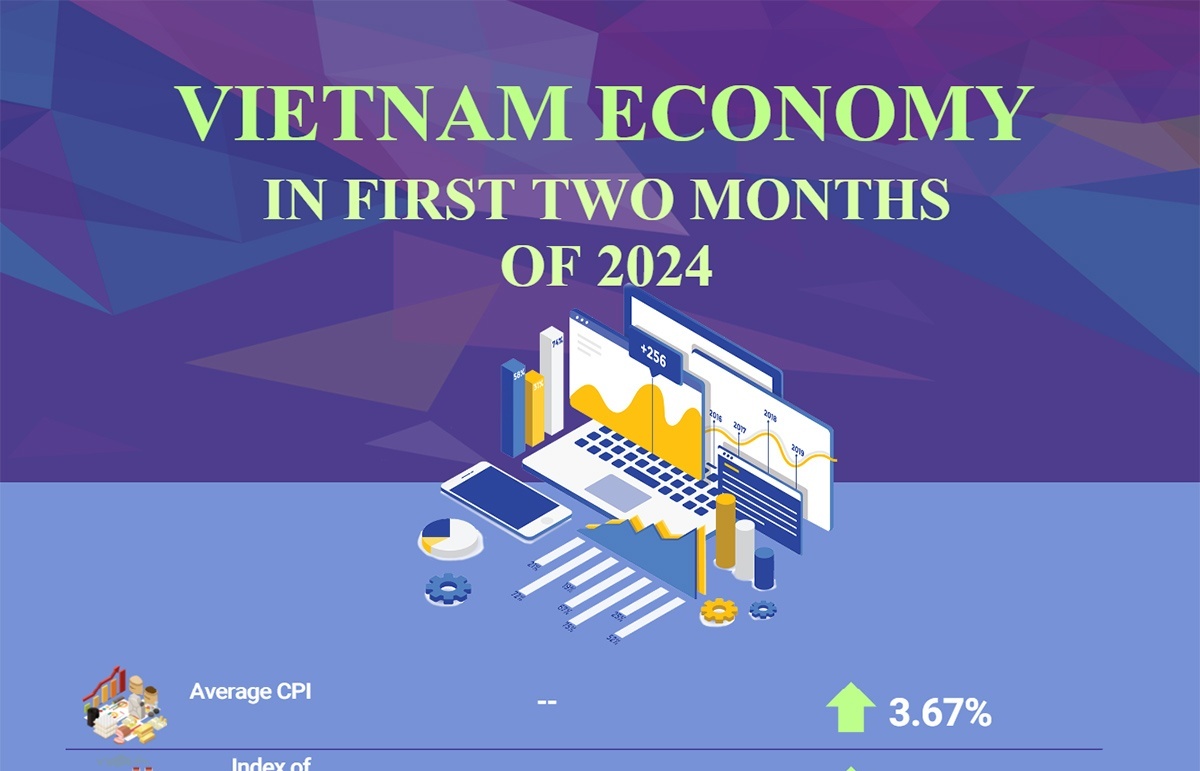

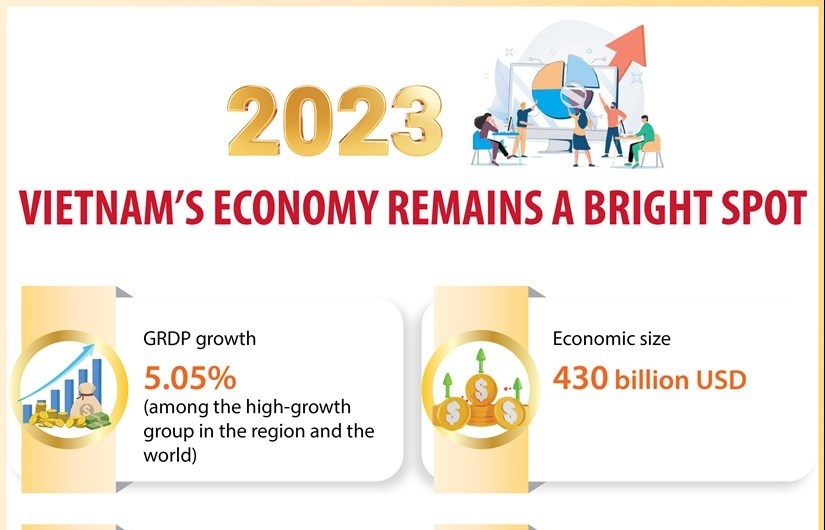
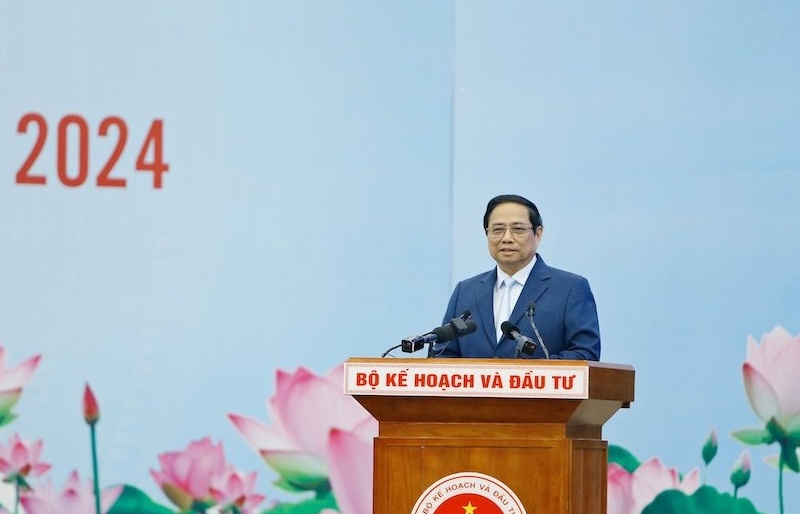
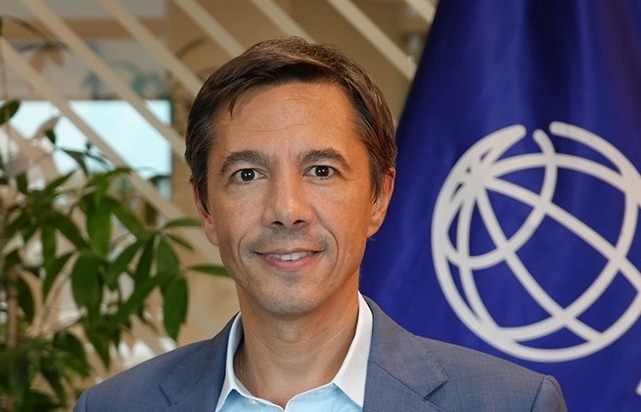

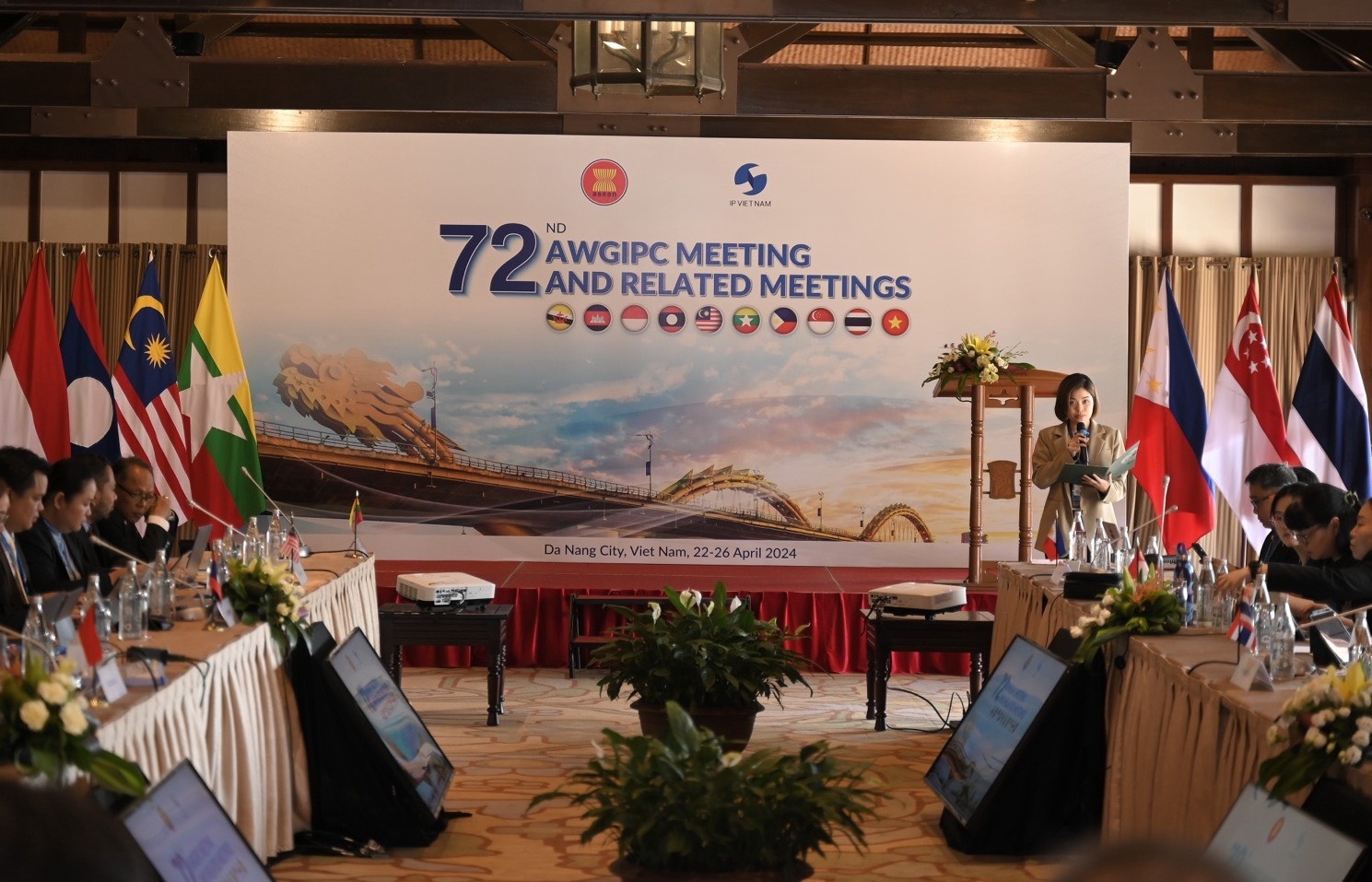


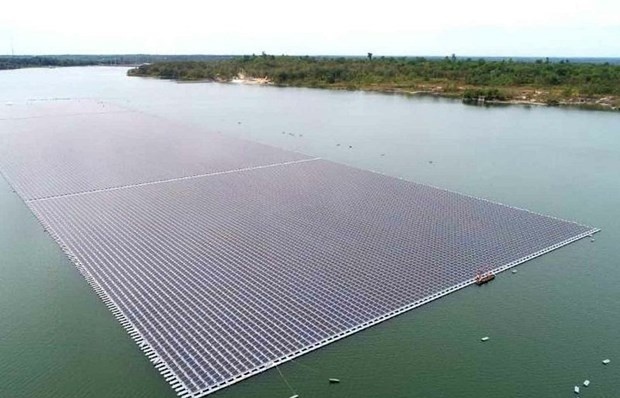

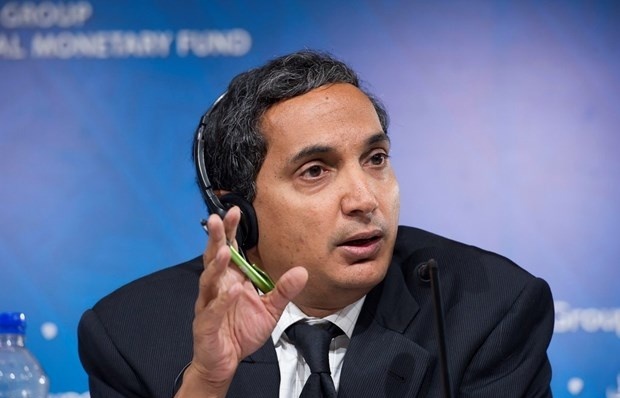



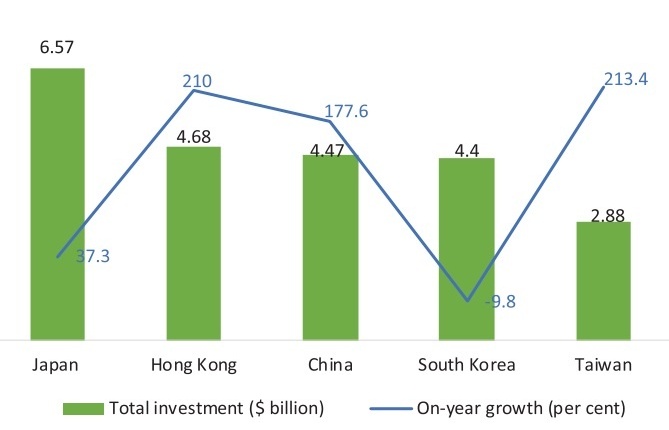





 Mobile Version
Mobile Version